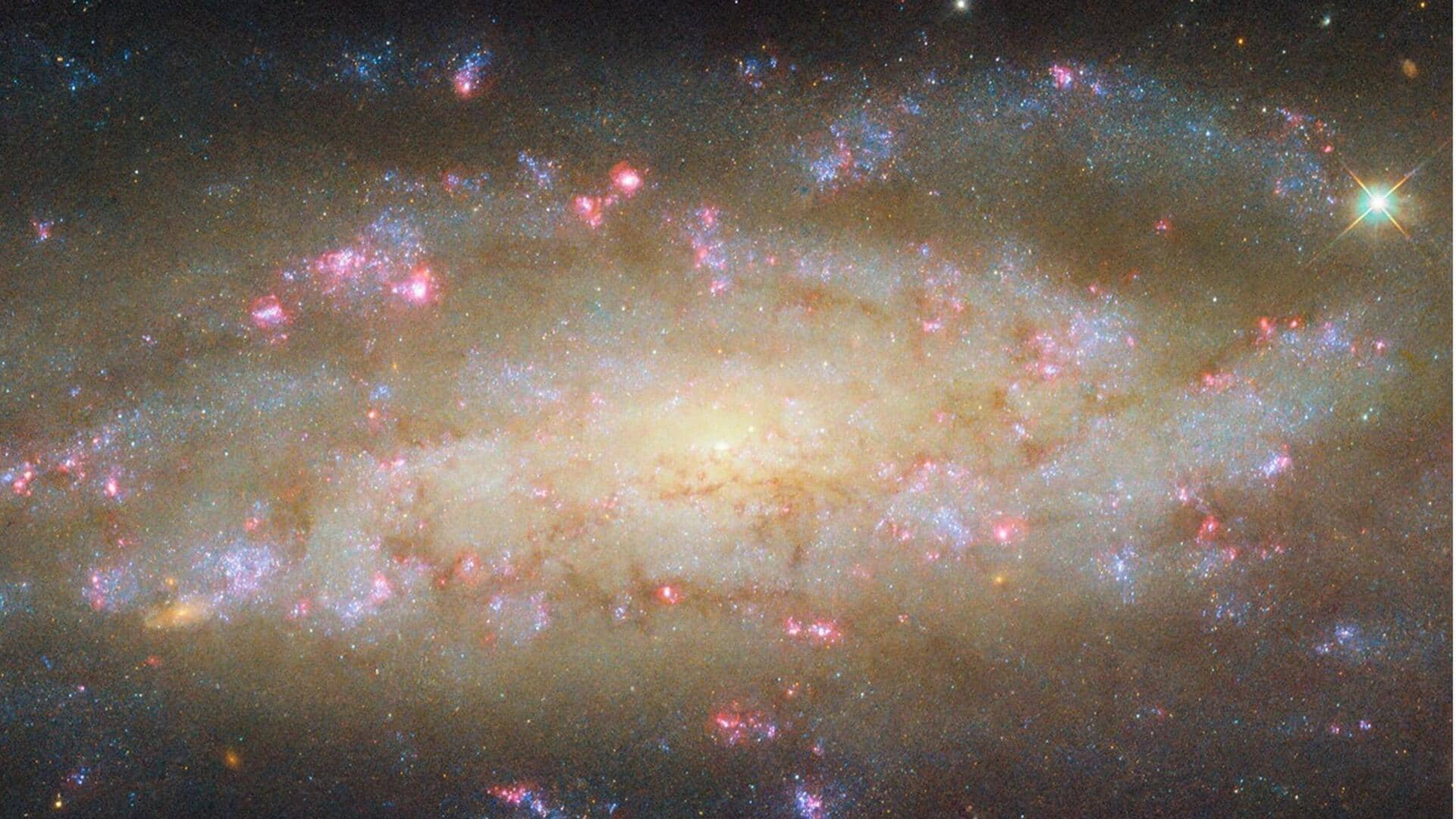Unlock the mysteries of the Kuiper Belt, a cosmic junkyard at the edge of our solar system. Dive into its secrets!
The outer reaches of our solar system, beyond the familiar planets, hold a mysterious region
called the Kuiper Belt. Think of it as a cosmic junkyard, a vast collection of icy bodies, remnants from the solar system's formation billions of years ago.
This distant area is a hotbed for ongoing research. Scientists are keen to unlock its secrets, which could provide valuable clues regarding the birth and evolution of our solar system.
Discovery of Kuiper Belt reshaped solar system's size perception
The Kuiper Belt's discovery in the early 1990s dramatically changed our perception of the solar system's size and structure. Beforehand, many people believed that the planets marked almost the boundary. The discovery came, thanks to advancements in telescopes.
The modern telescopes made it possible to detect these faint, distant objects. This belt stretches from roughly the orbit of Neptune, at 30 astronomical units (AU), far out to 55 AU from the Sun. (One AU is the distance between the Earth and the Sun.
) However, unlike the asteroid belt between Mars and Jupiter, which is primarily comprised of rocky material, the Kuiper Belt is mainly composed of icy bodies. These are made of frozen water, methane, ammonia, and other volatile substances.
Pluto's reclassification as a dwarf planet in the Kuiper Belt
One of the most famous residents of the Kuiper Belt is Pluto, originally classified as the ninth planet but later reclassified as a dwarf planet. The reclassification happened as, scientists came to realize just how many similarly sized objects lurked out there within the Kuiper Belt.
Pluto's story highlights changing understanding as science advances. Other significant Kuiper Belt objects (KBOs) include Eris, Makemake, and Haumea, each possessing unique characteristics and contributing to the diversity of the region.
These objects are important, because they help scientists understand more, when they are researched. By studying the composition and orbits of these KBOs, scientists aim to learn more about the conditions that prevailed in the early solar system.
The study helps in understanding how planets were formed.
Sending spacecraft to Kuiper Belt: challenges, New Horizons mission revelations
Sending spacecraft to the Kuiper Belt is a major challenge, due to the immense distances involved and the limited sunlight available to power the missions.
The New Horizons mission, which flew past Pluto in 2015, provided the first close-up glimpse of a KBO and revolutionized our understanding of these distant worlds.
The detailed images and data returned by New Horizons revealed Pluto to be a surprisingly active world, with mountains of water ice, flowing nitrogen glaciers, and a complex atmosphere. New Horizons has really been a revolution.
Its findings showed how dynamic and unexpected these distant objects can be. The mission then ventured even further, studying another KBO named Arrokoth, which provided insights into the building blocks of planets.
Ongoing research of Kuiper Belt for solar system evolution
The ongoing exploration of the Kuiper Belt promises to reveal even more about the origins and evolution of our solar system. Scientists are also doing more research on, what are the potential future space explorations.
NASA is researching for new missions, that are intended to examine more KBOs in detail. These potential missions will enable us to understand how the solar system formed, including, the role that the Kuiper Belt objects played. By observing KBOs, scientists can potentially find new information.
The new information can provide details about the stuff, from which the solar system originated.
Studying the Kuiper Belt provides insights into the early solar system and the universe
The Kuiper Belt is not just a collection of icy leftovers. It is a time capsule from the early solar system. Studying these distant objects, we can help answer long-standing questions about the solar system’s structure.
Discoveries can reveal clues about the processes that shaped our planetary neighborhood. As technology advances and our exploration efforts continue, the Kuiper Belt will certainly give us more information about our home in the cosmos.
It also gives hints, about the distant universe, that humans don't know about yet. Future explorations are required, to know more about the universe, and what all new information we can derive.
AI Generated Content. Glance/InMobi shall have no liability for the content











